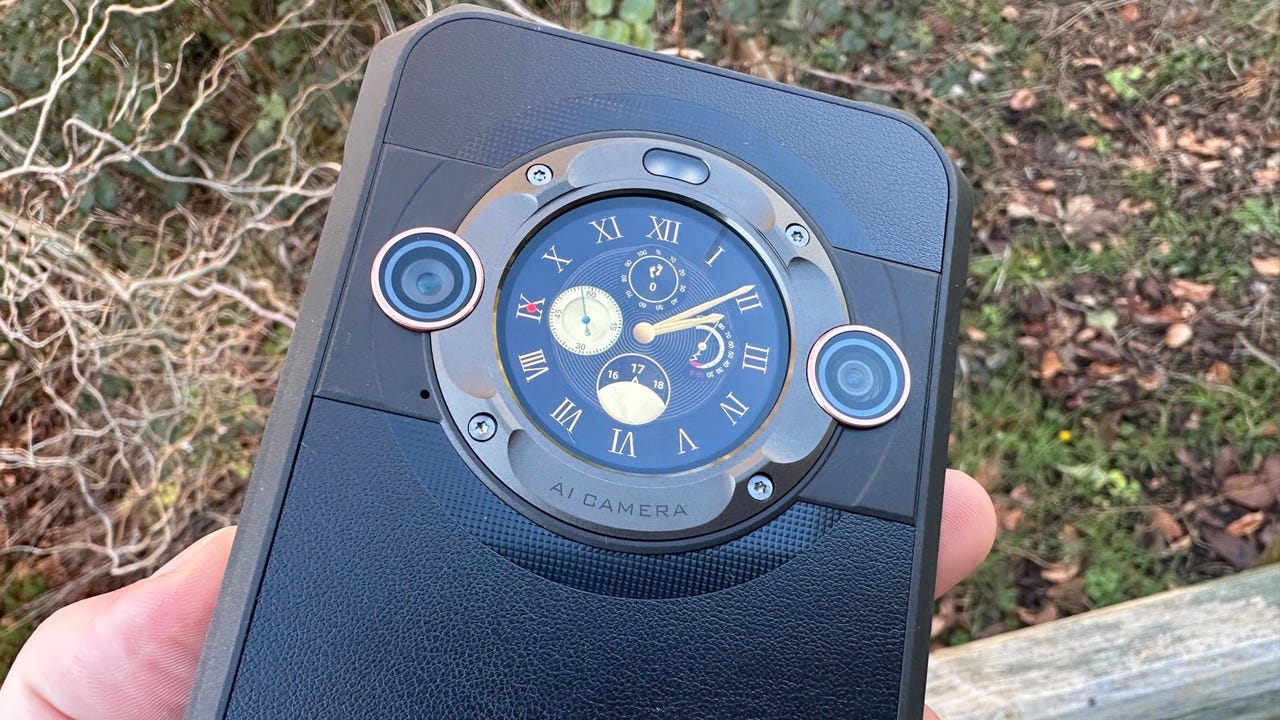'ZDNET Recommends': What exactly does it mean?
ZDNET's recommendations are based on many hours of testing, research, and comparison shopping. We gather data from the best available sources, including vendor and retailer listings as well as other relevant and independent reviews sites. And we pore over customer reviews to find out what matters to real people who already own and use the products and services we’re assessing.
When you click through from our site to a retailer and buy a product or service, we may earn affiliate commissions. This helps support our work, but does not affect what we cover or how, and it does not affect the price you pay. Neither ZDNET nor the author are compensated for these independent reviews. Indeed, we follow strict guidelines that ensure our editorial content is never influenced by advertisers.
ZDNET's editorial team writes on behalf of you, our reader. Our goal is to deliver the most accurate information and the most knowledgeable advice possible in order to help you make smarter buying decisions on tech gear and a wide array of products and services. Our editors thoroughly review and fact-check every article to ensure that our content meets the highest standards. If we have made an error or published misleading information, we will correct or clarify the article. If you see inaccuracies in our content, please report the mistake via this form.
These rugged Android phones have a second screen that's surprisingly useful

ZDNET's key takeaways
- Blackview BL9000 5G and the Blackview BV9300 Pro are both available from AliExpress for $300 and $200 respectively.
- These are two rugged Android 13 smartphones with excellent battery life, decent performance, and cameras that are perfect for social media.
- The rear display might be little more than a gimmick for some.
One thing I really enjoy about the Android smartphone market is its diversity. Sure, it's a market that's dominated by Samsung. But if you look around, you can find fantastic smartphones with innovative features for a fraction of what an iPhone costs.
Also: My search for the best cheap Android tablet is over
Over the past few weeks, I've been testing a couple of Blackview smartphones -- the BL9000 5G and the BV9300 Pro. While these devices seem like very similar handsets, they're also very different.
Physically, they look alike. Yes, the BV9300 Pro is a bit chunkier and thicker, but both are ruggedized, and both are weatherproof.
View at S.click.aliexpressIt's important to note that "Pro" on Blackview smartphones used to indicate the handset was kitted out with a thermal camera, but that's no longer the case.
The easiest way to describe the difference between the BL9000 5G and BV9300 Pro is that the former is a bit more sleek and stylish, with a slightly better processor and RAM configuration, while the BV9300 Pro is thicker, packs a much bigger battery, and has a camera with a slightly higher resolution.
But what's strange about these two handsets, and partly the reason why I combined both reviews into one, is that -- apart from how they feel in the hand -- both appear identical.
Also: This 200W charging beast can power six devices at once (and it's smaller than you'd think)
They look and feel pretty much the same, with port, button layout, and overall styling alike. What's more, the performance is indistinguishable, and the cameras, to my eyes, give the same output that's more than adequate for pushing content onto social media or into a report.
They also both have that 360 x 360 pixel display on the rear, which can display information like the time, date, battery capacity, weather data, compass, and even show the rear camera output so you can take selfies. You can customize the look of this secondary screen, and also enable and disable various features.
Secondary display on the BL9000 5G.
The secondary screen is an interesting feature, but I feel it's one of those things that some people will really like, and others will feel is just a gimmick. I've actually become quite used to flipping my handset over, so as not to be distracted by notifications, so the smaller screen helps keep me in the know and has greatly reduced my general consumption.
One of the biggest differences between the devices is battery life.
Also: The best rugged phones that can handle anything
The BL9000 5G has an 8,800mAh battery that's good for about 10-ish hours of video playback, while the BV9300 Pro has a 15,080mAh battery that offers 18 hours of video playback.
Of course, you pay for this significantly better battery life by having to carry around a bigger, heavier, chunkier handset. You can't change the laws of physics -- bigger battery means a bigger handset.
Both handsets are dust and water resistant to IP68, IP69K, and MIL-STD-810H standards.
Oh, and there's another difference -- price.
The Blackview BL9000 5G has a regular price of $600, but you can currently pick one up for $300. At $600, you're going to really feel the need for 5G and that secondary display, but at $300, it's a great handset at an excellent price.
The Blackview BV9300 Pro has a regular price of $400, but for a limited time, it's available for only $200.
ZDNET's buying advice
The BV9300 Pro is the phone I'd be drawn to. I'm a sucker for big handsets with big batteries. But if you want a ruggedized smartphone that's also stylish, the BL9000 5G would be the better handset for you.
